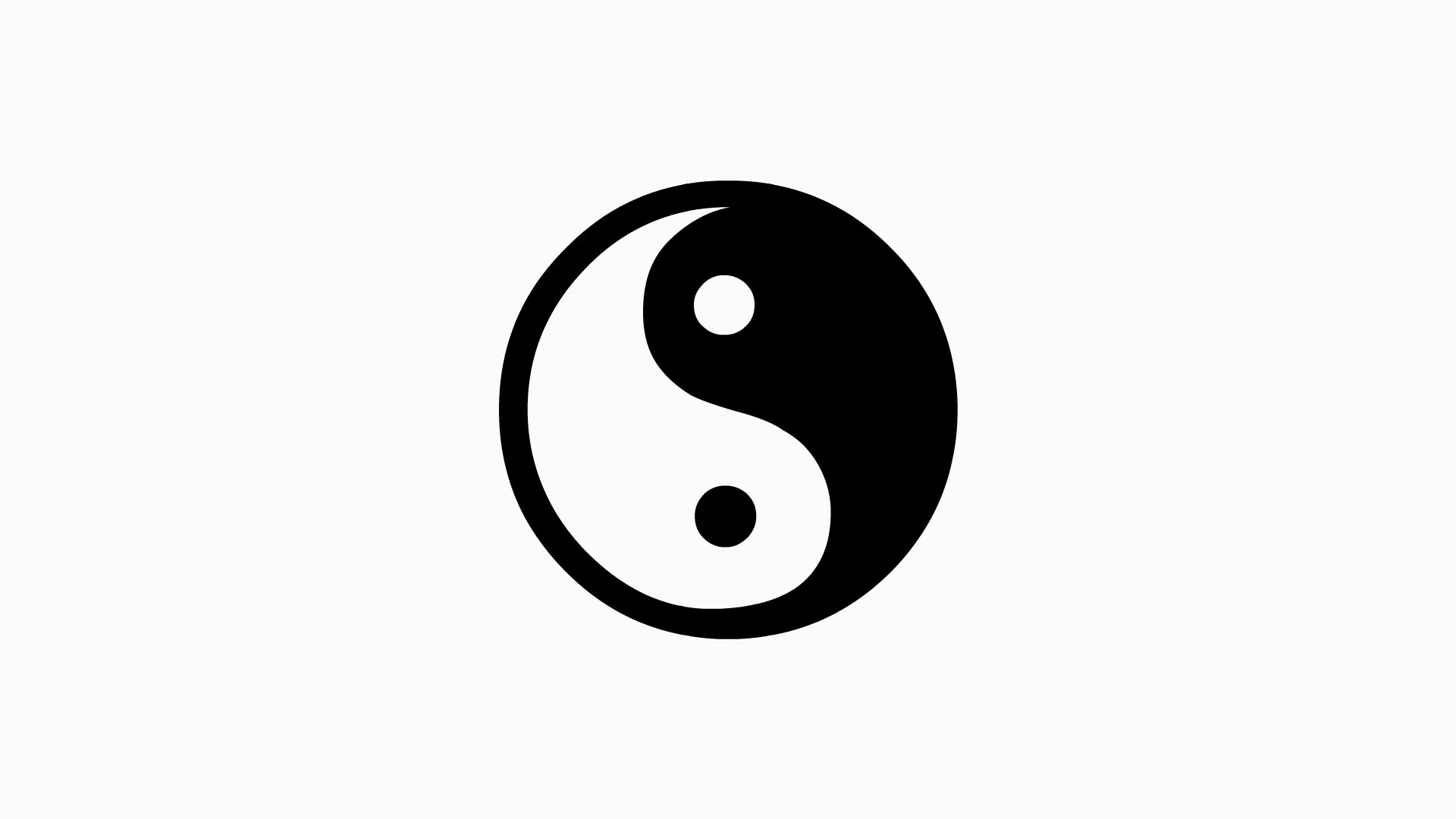

Both of the forces are different, but in the best way, they mutually complement each other. The basic idea of the ‘yin- yang theory’ consists of two natural, complementary and contradictory forces in our universe, the principle of opposite polarity and duality. _ Yin - Yang, Two Symbols Yin - Yang (Chinese: 陰陽 pinyin: yīn yáng). The film “Tae Guk Gi” is named after the flag of South Korea.Home Earth Continents Asia Thailand / China Chinese New Year Photos Chinese Customs and Traditions Glossary Yin - Yang It is believed that the flag of South Korea is representative of the Korean race as a whole – not simply the South Korean nation-state. The name Taegukgi translated in English means “supreme ultimate flag.” The flag of South Korea is known by the name of Taegukgi. In 1984, the exact dimensions of the flag were codified and in 1997, the exact colors were specified in a presidential decree. However, just a few years later in 1949 when South Korea was established as a separate state that the current flag was designed and made official. It was in 1882 when the flag was used for the first time, and the next year, it was officially designated as the national flag.Īfter Korea gained its independence in 1945, the flag known as Taegukgi remained in use. Ma Jianzhong proposed using a flag with a white background, a red and black circle and eight black bars. However, a few years passed and no national flag was in place. By the next decade, an increase in negotiations led to more of a need for a national flag.

It was proposed at that time to create a national flag, but the government did not view this to be of importance. However, an issue arose during the Japan-Korea Treaty of 1876 when the Japanese flag was exhibited, and Korea had none to show. Until that time, the lack of a flag did not pose a problem. Prior to 1876, Korea did not have a national flag. The yin-yang in the middle is half red and half blue, with blue symbolizing negative cosmic forces, while red represents positive cosmic forces.

The color of black is used for the four trigrams, each representing a different virtue. The white background is a traditional color in Korean culture that symbolizes purity and peace. The flag of South Korea features four colors: white, black, red and blue. Each is symbolic of a celestial body – heaven, sun, moon and earth – as well as virtues including humanity, justice, intelligence and courtesy. Each individual trigram also has its own meaning. The trigrams together represent harmony and movement. Half of the circle is symbolic of positive forces, while the other half is symbolic of negative forces, each of which balances the other out. The circle in the middle represents yin-yang – or balance in the universe. Today, though it is not as prevalent, it is still found in traditional South Korean attire. White symbolizes peace and purity, and it was a very common color of attire during the 19th century. The color white has always played a significant role in South Korea’s history. Let’s break down all of the symbolism found in this flag, beginning with that simple background. Even something as seemingly simple as the white background has meaning. Not only is the flag of South Korea one of the most unique designs in the world, but the design actually has significant symbolism. What does the flag of South Korea look like? The South Korean flag is white with a red and blue taegeuk in the middle, and there are four different sets of black bars near each corner of the flag.


 0 kommentar(er)
0 kommentar(er)
